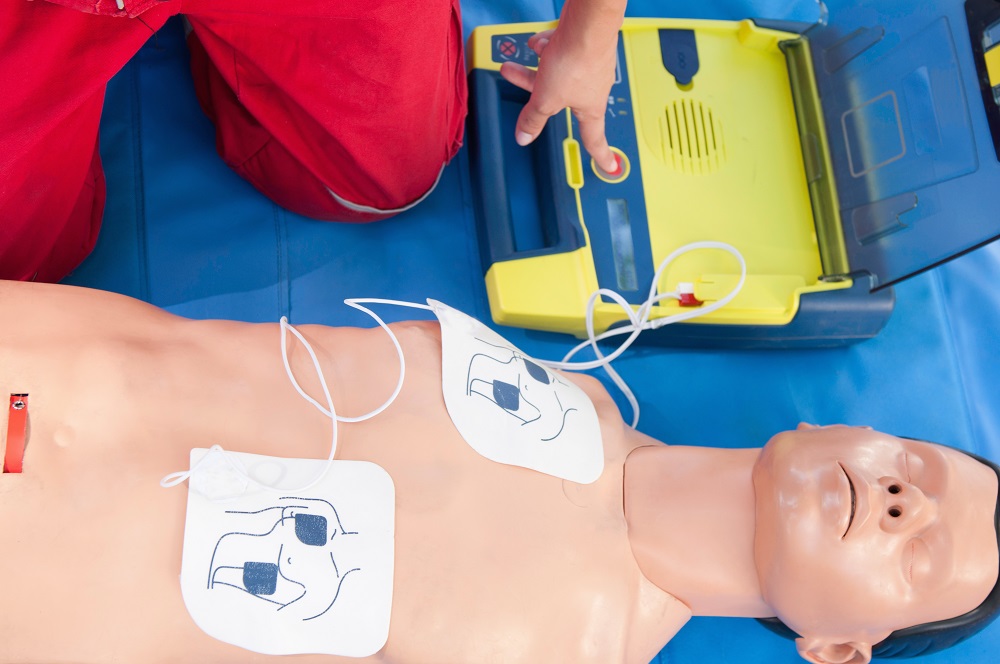
Finding yourself in a situation where you have to use a defibrillator can be daunting. The good thing is that these machines are easy to use, even for people without medical training. Defibrillator machines provide spoken step-by-step instructions, so as long as you follow their dictated process, you won’t have any difficulties. That being said, a situation requiring the use of a defibrillator will be stressful, and you may not be able to think clearly under pressure. This guide puts together several steps so that you will be prepared to use a defibrillator correctly if required and hopefully save someone’s life!
Initial Assessment
Begin by checking the vital signs of the patient. If they are unresponsive or not breathing, they are likely to be in cardiac arrest and consequently need CPR and defibrillation. Always call emergency services first. They will be able to organise an ambulance and provide further instructions over the phone.
Check the environment to see if there is a first aid kit with defibrillator close by. Many public spaces and even workplace first aid kits have defibrillators. If you cannot see one, ask for somebody to go and look for one. The Triple 000 operator will also be able to tell you about any public defibrillators in the area.
Using a Defibrillator
It’s vital to begin CPR and defibrillation as soon as you can once you have determined it is necessary. A person’s chance of survival decreases by 10% for every minute that passes without this intervention.
These are the steps for using a defibrillator:
-
Press the green button on the machine to turn it on. The device will begin speaking instructions so pay attention and follow its commands to get it ready for use.
-
Find the sticky pads, peel them off and attach them to the individual’s chest. These go directly on the skin, and one pad needs to go on each side of the chest.
-
Stop CPR once these pads have been stuck to the patient. The defibrillator machine will begin to assess the individual’s heartbeat to check the rhythm.
-
The defibrillator will then give you instructions on what to do next. If a shock is needed to regulate the heartbeat, it will tell you to press the ‘shock’ button. While the shocks are being administered, you must not touch the patient. The machine will remind you to stand clear while this happens.
-
Once a shock has been delivered, the defibrillator will alert you of the next steps. This may include continuing CPR. Follow the machine’s instructions and timing for the delivery of CPR.
-
Do not stop CPR (compressions and breaths) until the defibrillator commands you to stop, or the patient becomes conscious. If the defibrillator tells you to stop, it will be to analyse the heartbeat again and see if another shock is required. If it is, the process will be repeated. Again, follow the machine’s instructions until the person awakens or help arrives.
Read Also:
